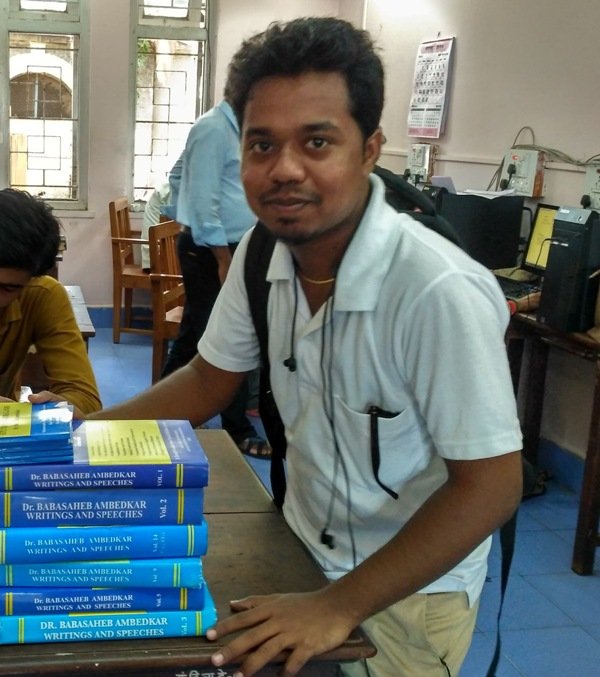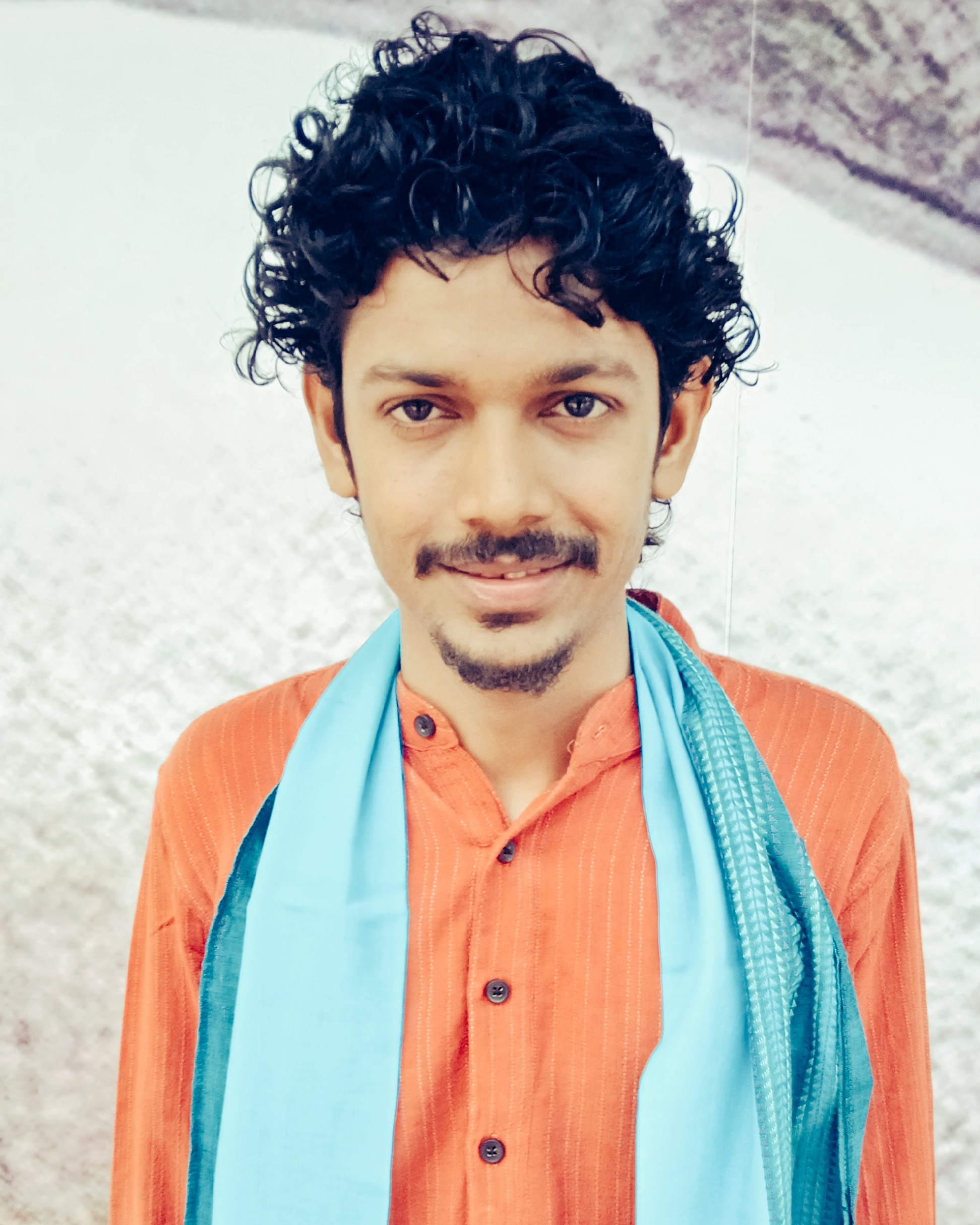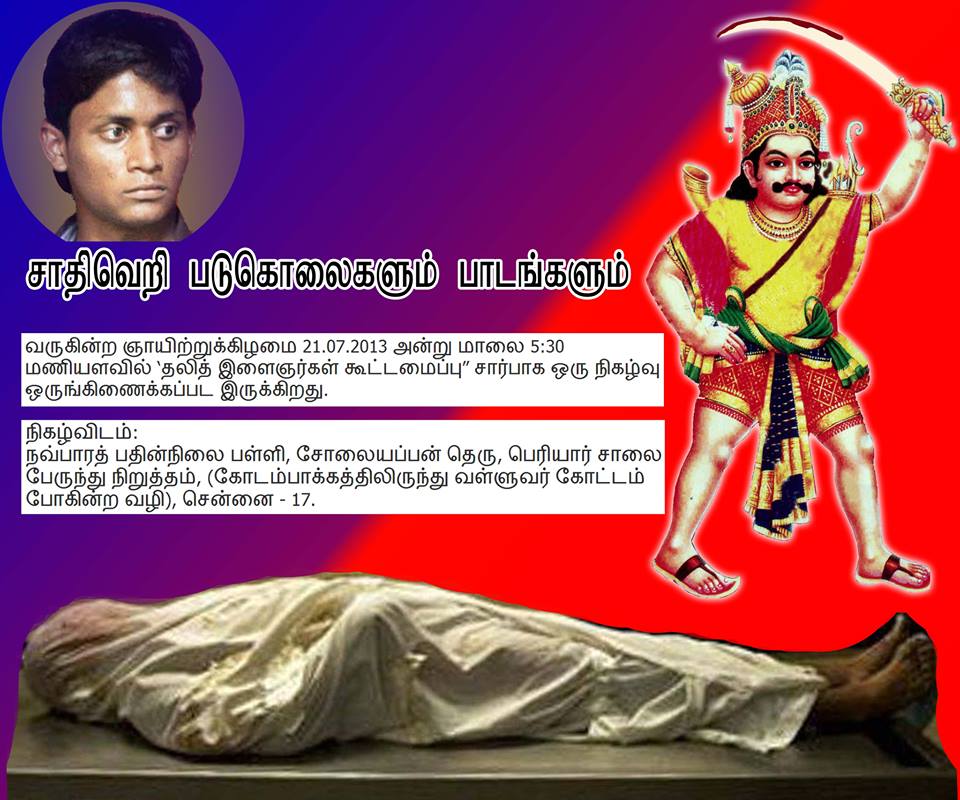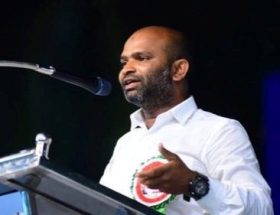Rahul Pagare
 It was 1848 AD when India got its first woman educator in the form of “Savitribai Phule”. This year marks the rise of women’s empowerment in India as Savitribai Phule busted the social norm that a woman cannot be educated. The impact of this movement was so profound that 100 years later, India, as a nation accepted the leadership of a woman and Indira Gandhi, was sworn as the first female prime minister of India. It is said that sky is the limit, but the term “women’s empowerment” broke that thought and Kalpana Chawla became the first Indian woman to travel in space. All these activities are the fruits of women’s empowerment.
It was 1848 AD when India got its first woman educator in the form of “Savitribai Phule”. This year marks the rise of women’s empowerment in India as Savitribai Phule busted the social norm that a woman cannot be educated. The impact of this movement was so profound that 100 years later, India, as a nation accepted the leadership of a woman and Indira Gandhi, was sworn as the first female prime minister of India. It is said that sky is the limit, but the term “women’s empowerment” broke that thought and Kalpana Chawla became the first Indian woman to travel in space. All these activities are the fruits of women’s empowerment.
Women’s empowerment as a concept was introduced at the UN’s Third World Conference on Women in Nairobi in 1985, which defined it as a redistribution of social and economic powers and control of resources in favor of women. The United Nations Development Fund for Women (UNDFW) includes the following factors in its definition of women’s empowerment.
Acquiring knowledge and understanding of gender relations and the way in which these relations may be changed.
Developing a sense of self-worth, a belief in one’s ability to secure desired changes and the right to control one’s life.
The history of women’s empowerment in the ancient age is quite confusing because on one side it encouraged women to choose their life partner on their own and on the other side, they were forced to perform Sati as per social norms. The first ever social network for women was created in ancient age, and it was known as the “Bhikkuni Sangh”. It was created by the “Enlightened Buddha”. As per Buddha, women too can achieve nirvana by the systematic practice of his teachings (Dhamma). This was an unprecedented step.
Soon this network of equality and justice spread all over and had a major impact on humanity. But soon after Buddha’s death, the Bhikkuni Sangh lost its connectivity and this group of women was oppressed by society. Looking at these circumstances, ‘Manu’, an ancient sage, created a book of laws and named it as ‘Manusmriti’ (Laws of Manu). In this ancient text, he framed laws which not only insulted women but also degraded them to the lowest level. One of his laws says, “Pita Rakshati..” which means, since a woman is not capable of living independently, she must be kept under the custody of her father as a child, under her husband as a woman and under her son as a widow. In another text, he says “Ya to Kanya”. Which means, in case a woman tears the hymen of her vagina, she shall instantly have her head shaved or two fingers cut off and made to ride on a donkey. Such a pathetic and brutal situation was faced by women in ancient India.
Due to injustice in ancient age, for many centuries, women didn’t know what is freedom, liberation, and independence. The stigma of women’s slavery has crushed India’s development. It has also impacted other parts of the world. In Africa, women’s issues are in a crisis. Illiteracy and globalization have severely affected the lives of women in Africa and across the world. Since women are half the population of the world, they should have the equal opportunities to develop themselves as individuals and also as a community.
After various new revolutions and social reforms during the modern era, the condition of Women has started healing and women are now redefined by their strengths, skills and their abilities. Today, the woman is a pilot, a doctor, an engineer, a politician, an artist, an author, a leader, a president and much more; she is a homemaker, a complete administrator. It is the fruits of women’s struggle that we have got personalities like Oprah Winfrey, Mother Teresa, J K Rowling, Benazir Bhutto, Malala Yosufzai and Phoolan Devi. Moreover, women are joining the field of science and technology. In fact, there is no sphere of activity in which women are unsuitable or incompetent.
Women’s empowerment has now become an international agenda. The United Nations’ charter significantly projected discrimination against woman as a problem of universal alarm. This shows the kind of concern of international community shows with regard to women’s rights in general and their right to equality with men in particular. The declaration provides that all the rights and fundamental freedoms are available equally to both men and women without any exception. Therefore, the Universal Declaration of Human Rights (UDHR) also played a very important role in protecting the rights of women.
The principles of gender equality, equal rights are enshrined in the Indian constitution in its preamble, fundamental rights, fundamental duties and directive principles. The Constitution not only grants equality to women but also empowered the state to adopt a positive attitude in favor of women. Within the framework of a democratic polity, our laws, development policies, plans, and programmes have aimed at women’s advancement in different spheres. In recent years, the empowerment of women has been recognized as the central issue in determining the status of a woman. India upheld various international conventions and human rights instruments committing to secure equal rights on a woman. Key among them was the Convention on the Elimination of all Forms of Discrimination Against Women (CEDAW) in 1993.
The National Commission for Women was set up by an act of parliament in 1990 to safeguard the rights and legal entitlements of women. The Cairo United Nations International Conference on Population and Development (ICPD) called attention to women’s empowerment as a central focus and UNDP developed a gender empowerment measure (GEM) which focuses on three variables that reflect women’s participation in society: political power or decision making, education and health. The UNDP report in 1995 declared that “If human development is not engendered it is endangered”.
The government of India declared 2001 as the Year of Women’s Empowerment (Swashakti). The national policy for the empowerment of women was passed in 2001. The objective of this policy was the de jure and de facto enjoyment of all human rights and fundamental freedom by women on equal basis with men in all spheres — political, economic, social, cultural and civil — strengthening legal systems aimed at eliminating all forms of discrimination against women, equal access to women to health care, quality education at all levels, career and vocational guidance, employment, equal remuneration, occupational health and safety, social security and public office etc. elimination of discrimination and all forms of violence against women and the girl child. The initiatives taken up by the Government of India for vulnerable and marginalized groups and women in difficult circumstances are:
Janani Suraksha Yojana (JSY)
Prime Minister Ujjwala Yojana (PMUY)
Swadhar
Sarva Shiksha Abhiyan (SSA)
Prime Minister Matritva Sahyog Yojana (PMMVY)
Mahatma Gandhi National Rural Employment Guarantee Act (MGNREGA)
Indira Awaas Yojana
“I measure the progress of a community by the degree of progress which women have made” – this powerful statement was made by Dr. B. R. Ambedkar, Chairman of the Constitution Drafting Committee. He was the only politician in history to resign from his post just because the parliament didn’t accept his ‘Hindu Code Bill’ which consisted of women’s issues and their solutions as a major part.
Even after the accelerated development of our country after independence, India ranks 136th out of 187 countries on the Human Development Index. Gender inequality and caste discrimination still remain major issues which hinder women’s empowerment. These are the major challenges that we need to fight. Both men and women are a part of society; both are entitled to have a good life by respecting each other.
India will wait for the day when businesses in India will run under the names of “D’Souza and Daughters”, “Kapoor and Daughters”, “Kamble and Daughters”, etc.
~~~
Rahul Pagare is a Final Year B.Sc (IT) student in Mumbai University.










